One of Ireland's great estates, once lived in by Fred Astaire's sister, and with salmon fishing on the Blackwater, comes to market
Fortwilliam, one of 'the hidden jewels of the Blackwater valley', sits in 400 acres of rolling pasture and woodland and is only an hour from Cork.


One of Ireland’s great fishing rivers, much prized for the wild Atlantic salmon that run through it, the Munster Blackwater rises in the Kerry mountains and flows east for more than 100 miles through Mallow and Fermoy in Co Cork before entering Co Waterford at Lismore and draining into the Celtic Sea at Youghal. Over the centuries, the titled, rich and famous acquired vast estates along its banks, building grand country houses where they entertained lavishly and hunted, shot and fished to their hearts’ content.

Idyllic Fortwilliam, one of the hidden jewels of the Blackwater valley, sits in almost 400 acres of rolling pasture and ancient woodland overlooking the sparkling river, with far-reaching views to the Knockmealdown mountains on the Co Tipperary border. It’s less than two miles from the heritage town of Lismore, 34 miles from Cork and 55 minutes’ drive from Cork airport.
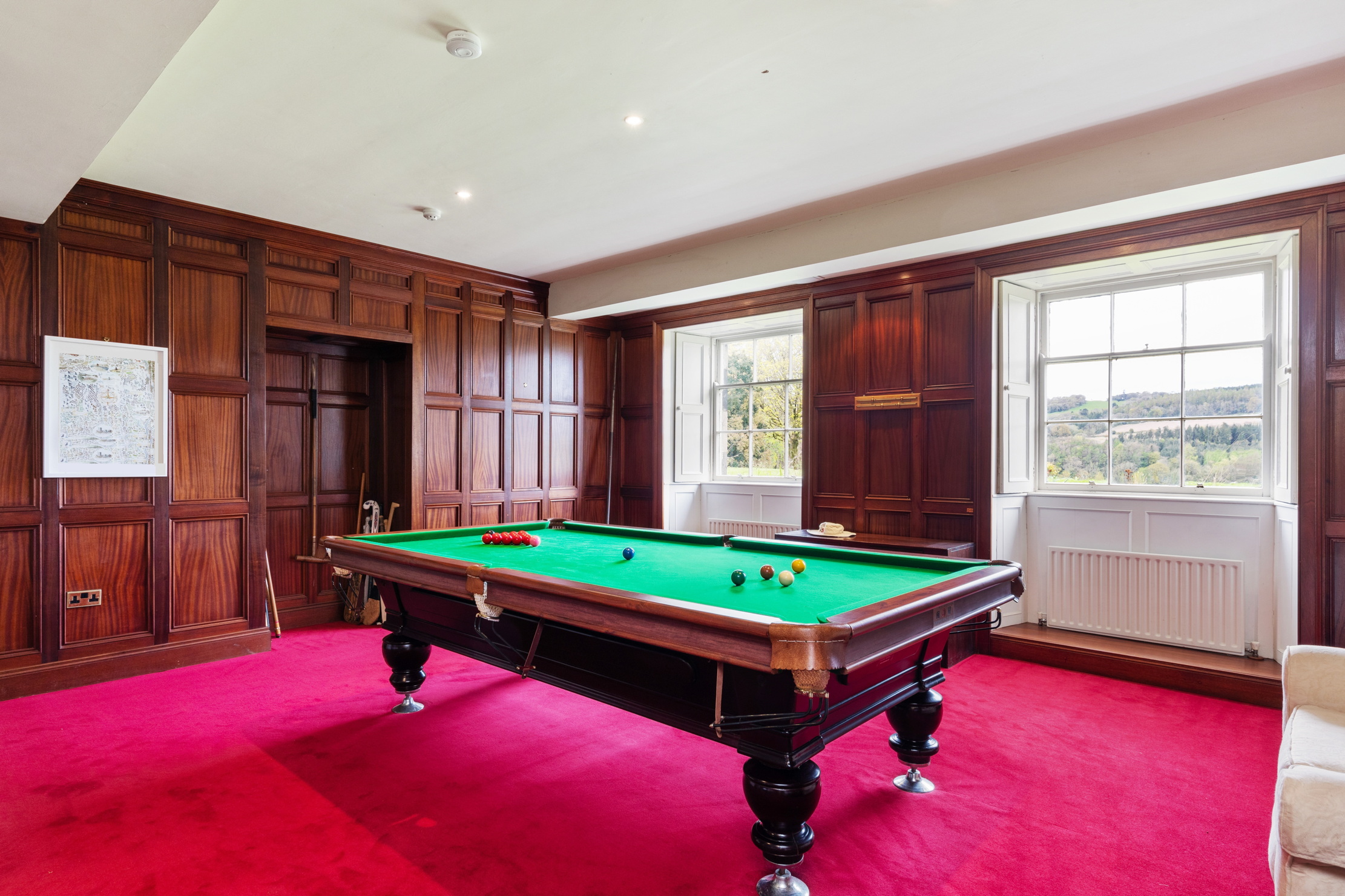
Now, the wonderfully private farming and sporting estate is for sale through Fermoy-based Michael H. Daniels and Rupert Sweeting of Knight Frank, either as a whole at €12m or in two lots. Lot 1, comprising Fortwilliam House with 289 acres of land, is priced at €10m; lot 2, 101 acres of prime agricultural land on the eastern estate border, is on offer at €2m.
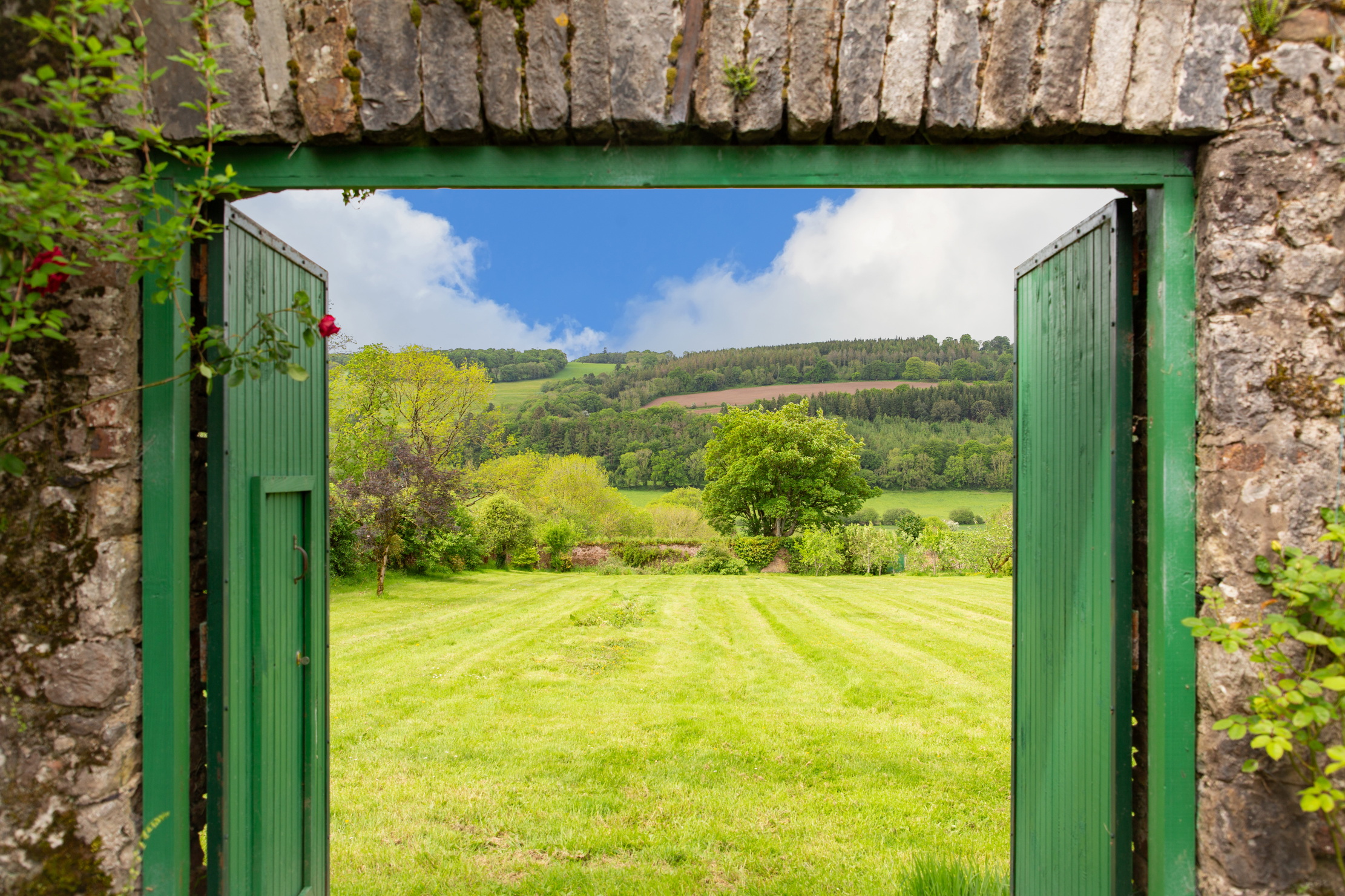
Although Fortwilliam is less well known than nearby Lismore Castle, the Irish country seat of the Dukes of Devonshire, it boasts a history every bit as fascinating. In the early 18th century, the Gumbleton family from Kent acquired these lands; Richard Gumbleton built the first house on the site of an old castle to the west of the estate and named it Castlerichard after himself. That house now forms part of St Mary’s Abbey, Glencairn, the only Cistercian monastery for women in Ireland.
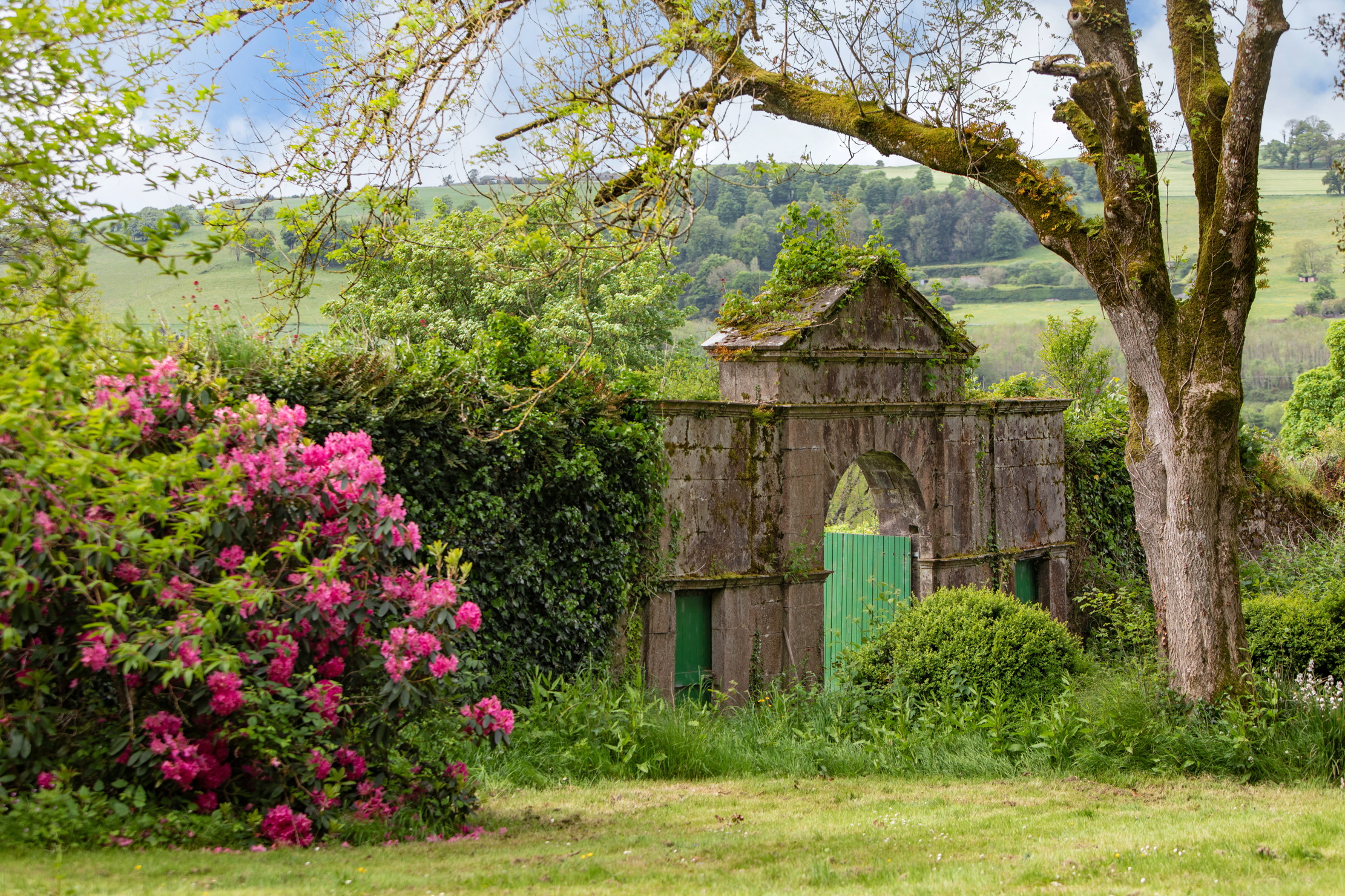
Three generations later, William Gumbleton built another house to the east and named it Fortwilliam. Then, in the early 1800s, a nephew, John Gumbleton, inherited the estate and demolished William’s house, rebuilding it in 1836 to the design of the renowned Pain brothers of Cork.
Fortwilliam was leased in the early 20th century to the actress and dancer Adele Astaire, elder sister of Fred; in 1932, she married Lord Charles Cavendish, second son of the 9th Duke of Devonshire. The couple went to live at Lismore, which was given to them as a wedding present by the Duke. Lord Charles died there, aged only 38, in 1944, after which Lismore passed to his nephew, Lord Andrew Cavendish (later the 11th Duke and father of the present Duke) following Astaire’s remarriage to an investment banker in 1947.

A year earlier, the Gumbleton family had sold Fortwilliam to England’s richest man, Hugh Grosvenor, 2nd Duke of Westminster, who reputedly bought it to impress Anne Sullivan, the daughter of a retired brigadier-general who lived at Glanmire, near Cork. Here, Nancy, as she was known, grew up as a hard rider to hounds during the glory days of hunting between the wars. Despite the age gap — Nancy was 31, the Duke 67 when they met in Ireland in 1946 — the couple shared a love of fishing, farming, stalking, hunting and racing; a year later, Nancy became his fourth Duchess.
Sign up for the Country Life Newsletter
Exquisite houses, the beauty of Nature, and how to get the most from your life, straight to your inbox.
The Duke died of a heart attack six years later, after which Nancy moved to a lodge on the family’s Eaton Hall estate in Cheshire, and, up until her death in 2003, divided her time between Eaton Lodge, the Westminster estate at Lochmore, Sutherland, and her Irish base, Bryanstown House in Co Kildare.

Horses remained her abiding passion; she will forever be remembered as the owner of the legendary Arkle, who carried her famous yellow-and-black colours — the black band in memory of her late husband — to successive victories in the Cheltenham Gold Cups of 1964, 1965 and 1966.
Back at Fortwilliam, where the young Nancy was first recruited to ‘do the flowers’, the Duke added various features, including the panelling in the dining room (said to have come from one of his yachts) and the gilded Louis XV-style boiseries in the drawing room (transferred from Eaton Hall in Cheshire).

The next owner was his friend Henry Drummond Wolff, the MP for Basingstoke in Hampshire. The transatlantic connection was later re-established when the estate was bought by the American socialite Mrs Murray Mitchell, who ran a donkey sanctuary there in the 1990s.
Fortwilliam, set at the end of a mile-long, tree-lined drive, is a captivating country house surprisingly full of light and life. Replete with most of its original features and fabric and sympathetically renovated and refurbished over the past 25 years, it offers some 10,215sq ft of living space on two floors over a basement, including four fine reception rooms and a dramatic double-height staircase hall, with six bedrooms and four bath-rooms on the first floor.
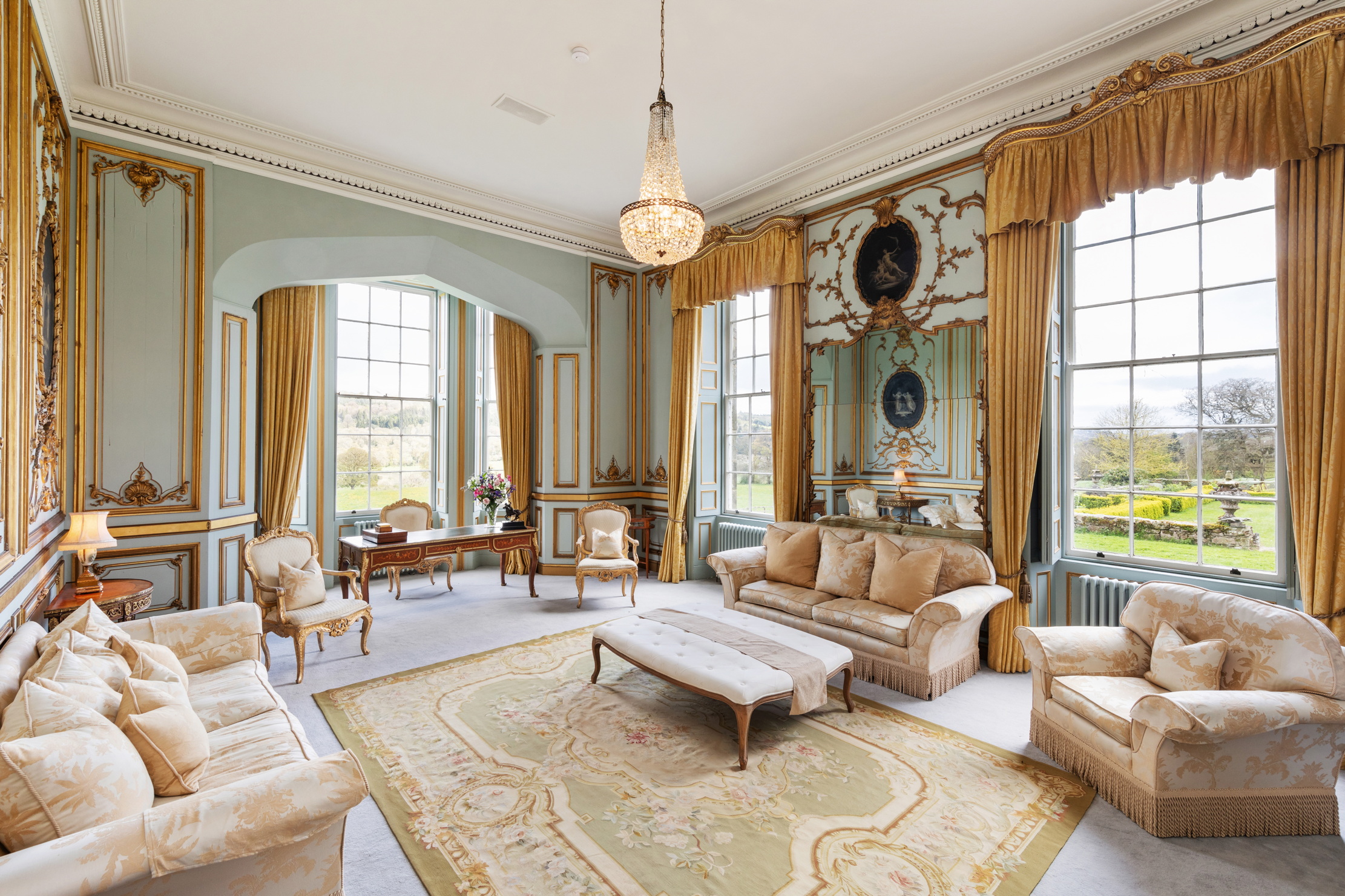
The lower ground floor houses the estate office, a billiard room, rod room and wine cellar. The Fisherman’s Cottage in the west wing provides four further bedrooms and three bathrooms that could be incorporated into the main house.
Landscaped grounds surround Fortwilliam, with a sunken garden and terrace to the east, a ha-ha to the south and a sweep of lawns to the front; to the west, stands of mature beech, lime and bamboo line the drive. The 2¼-acre walled garden, built in about 1840, is enclosed by high stone walls, lined inside with a brick skin to retain the sun’s warmth.

The outbuildings include an eight-box stable yard, a traditional stone farmyard and extensive modern farm buildings. Mature parkland, woods and pasture in excellent heart are all features of the estate, which includes a coveted 3¼ miles of double-bank salmon and sea-trout fishing on the majestic Blackwater.

Credit: Sotheby's International Realty
A tale of two cities: Former home of Charles Dickens on Hanover Terrace comes up for sale
His portrayals of London in his literature may have been bleak, but his summer home in the city was anything
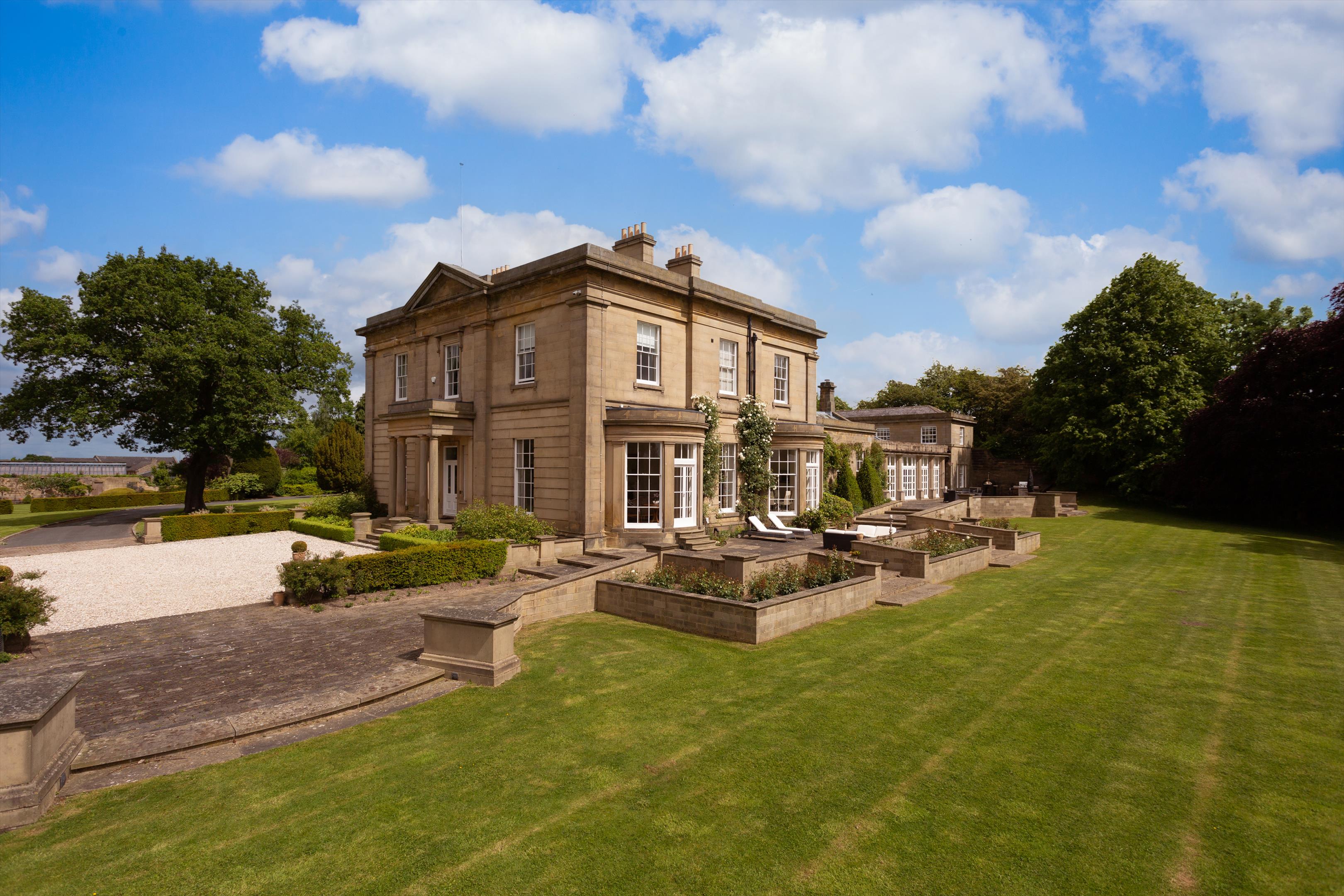
Five magnificent country homes for sale, from a palatial Georgian masterpiece to an equestrian dream home in Hertfordshire
Our look at the finest homes to appear on the market via Country Life this week.
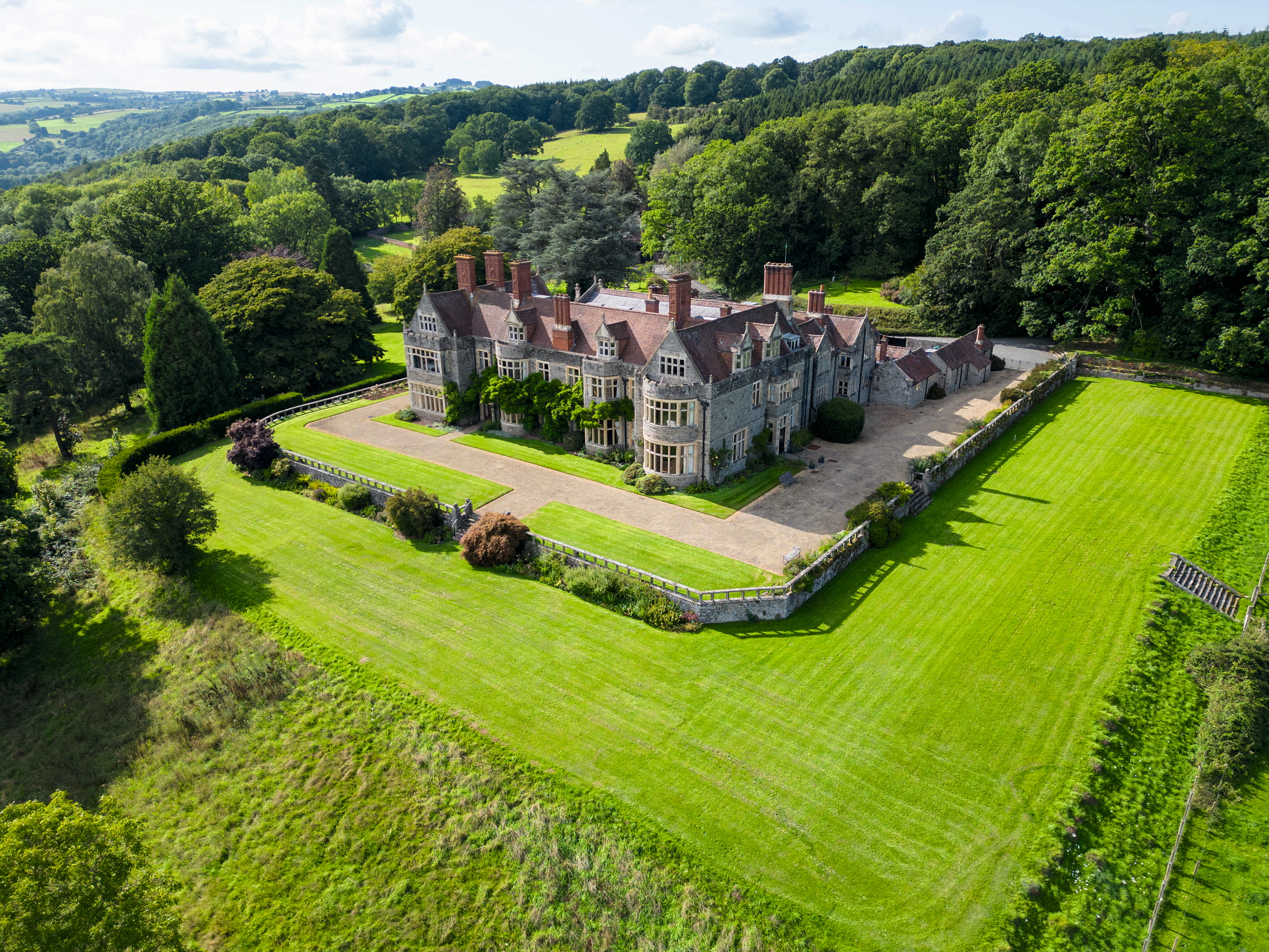
Credit: Chris Curl
A remarkable Edwardian country house in one of Herefordshire's most enviable locations hits the market for the first time
Whitney Court stands in the glorious Wye Valley and has been in the hands of the same family for more
-
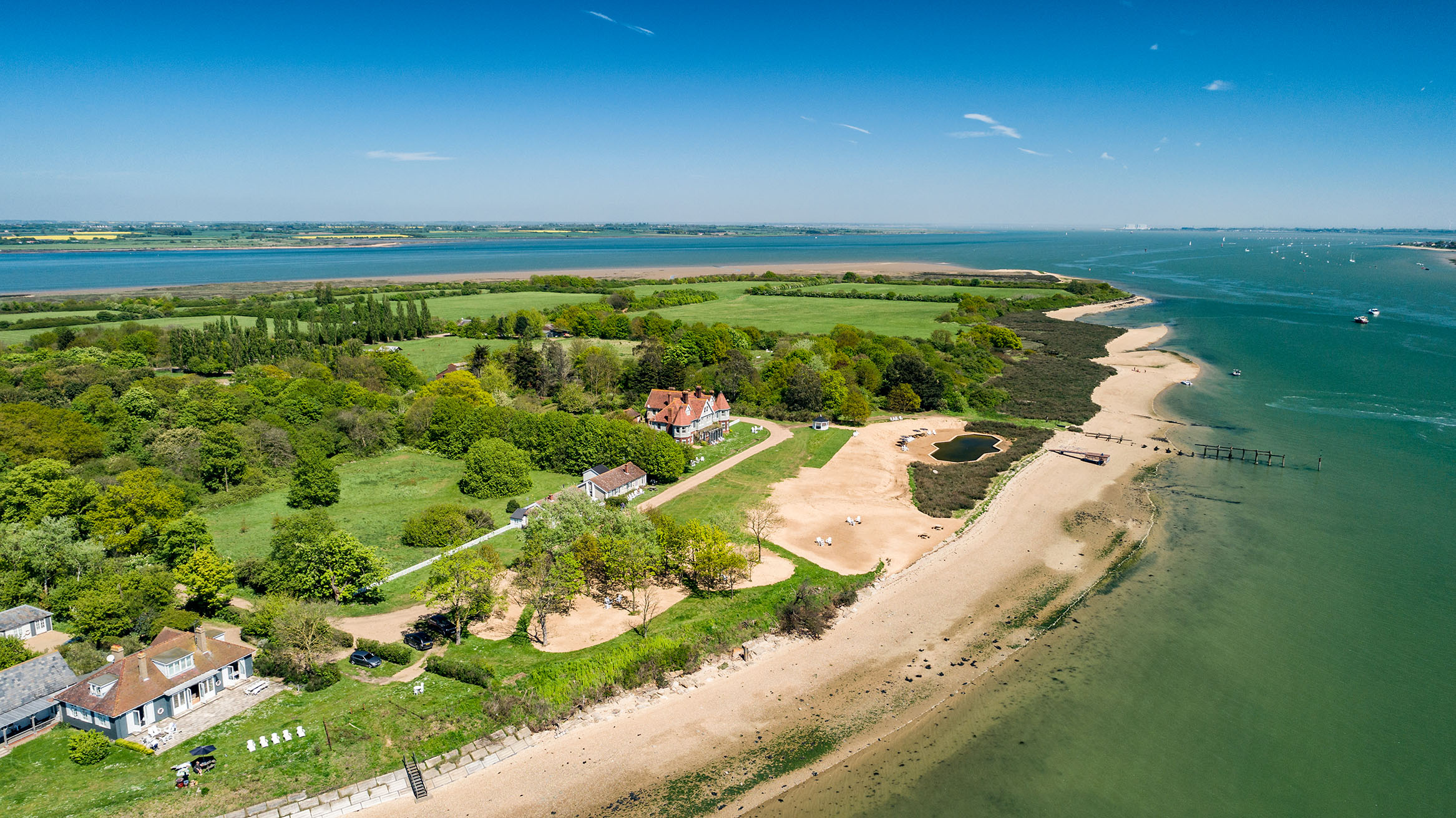 380 acres and 90 bedrooms on the £25m private island being sold by one of Britain's top music producers
380 acres and 90 bedrooms on the £25m private island being sold by one of Britain's top music producersStormzy, Rihanna and the Rolling Stones are just a part of the story at Osea Island, a dot on the map in the seas off Essex.
By Lotte Brundle Published
-
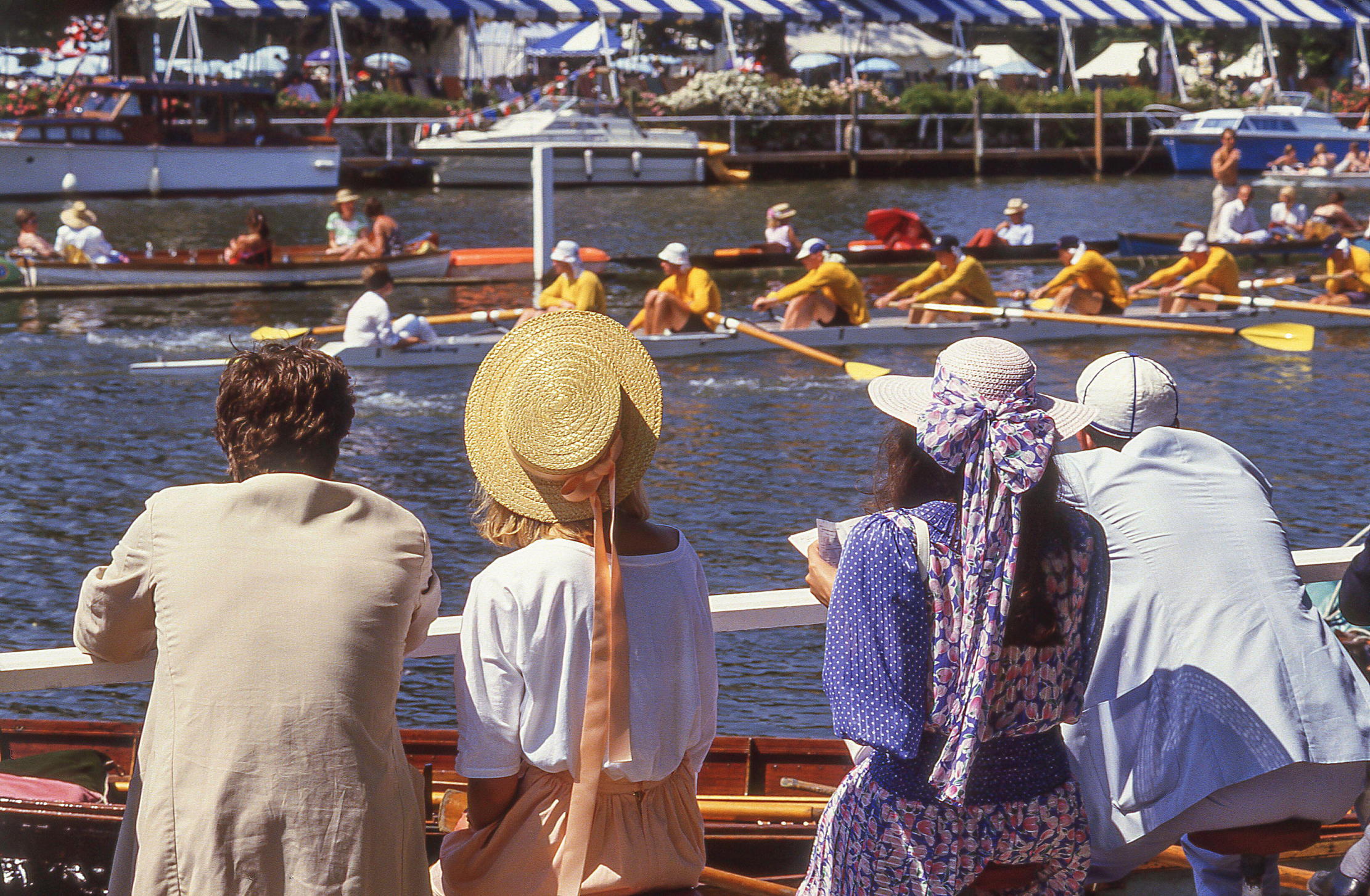 'A delicious chance to step back in time and bask in the best of Britain': An insider's guide to The Season
'A delicious chance to step back in time and bask in the best of Britain': An insider's guide to The SeasonHere's how to navigate this summer's top events in style, from those who know best.
By Madeleine Silver Published
-
 380 acres and 90 bedrooms on the £25m private island being sold by one of Britain's top music producers
380 acres and 90 bedrooms on the £25m private island being sold by one of Britain's top music producersStormzy, Rihanna and the Rolling Stones are just a part of the story at Osea Island, a dot on the map in the seas off Essex.
By Lotte Brundle Published
-
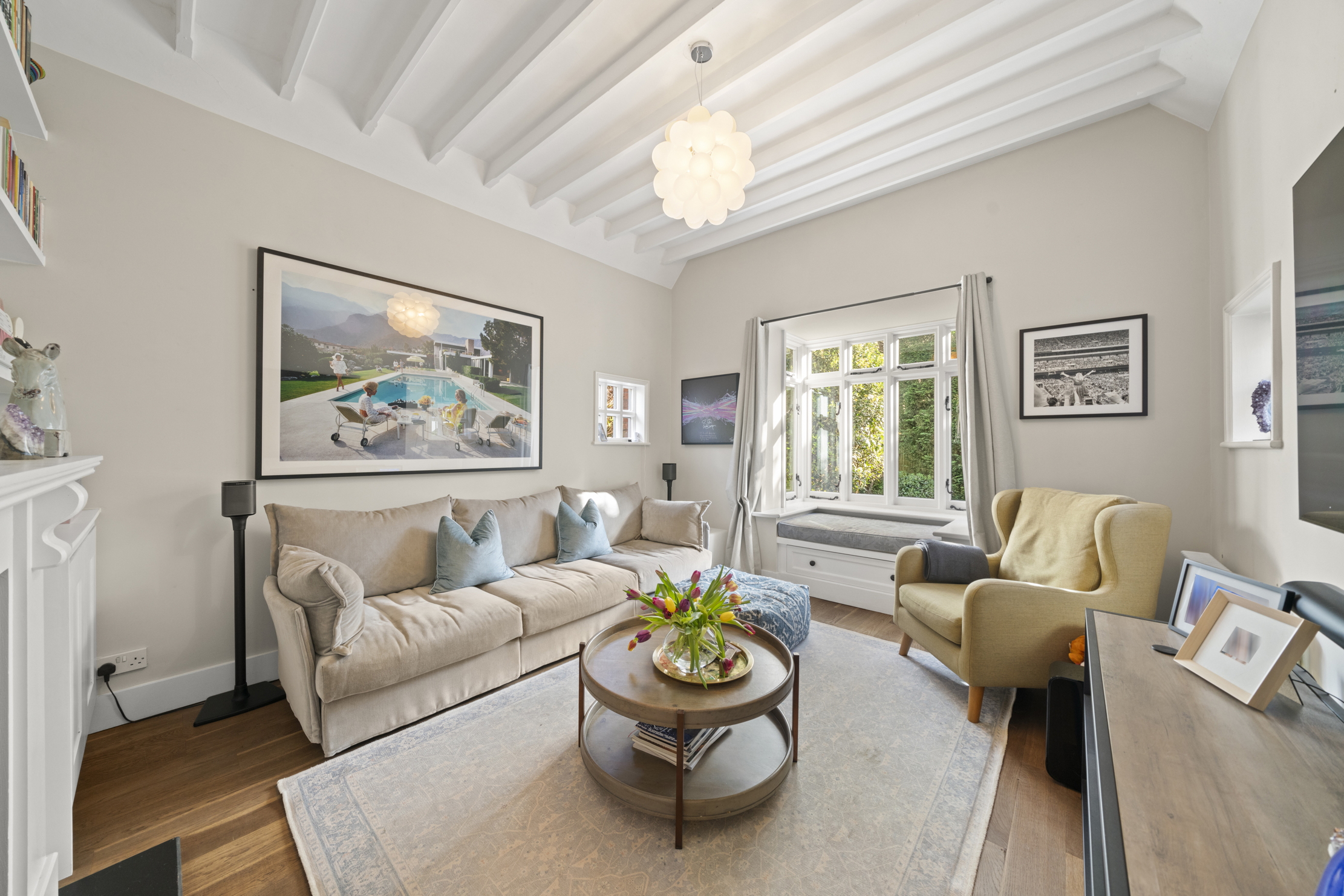 A home cinema, tasteful interiors and 65 acres of private parkland hidden in an unassuming lodge in Kent
A home cinema, tasteful interiors and 65 acres of private parkland hidden in an unassuming lodge in KentNorth Lodge near Tonbridge may seem relatively simple, but there is a lot more than what meets the eye.
By James Fisher Published
-
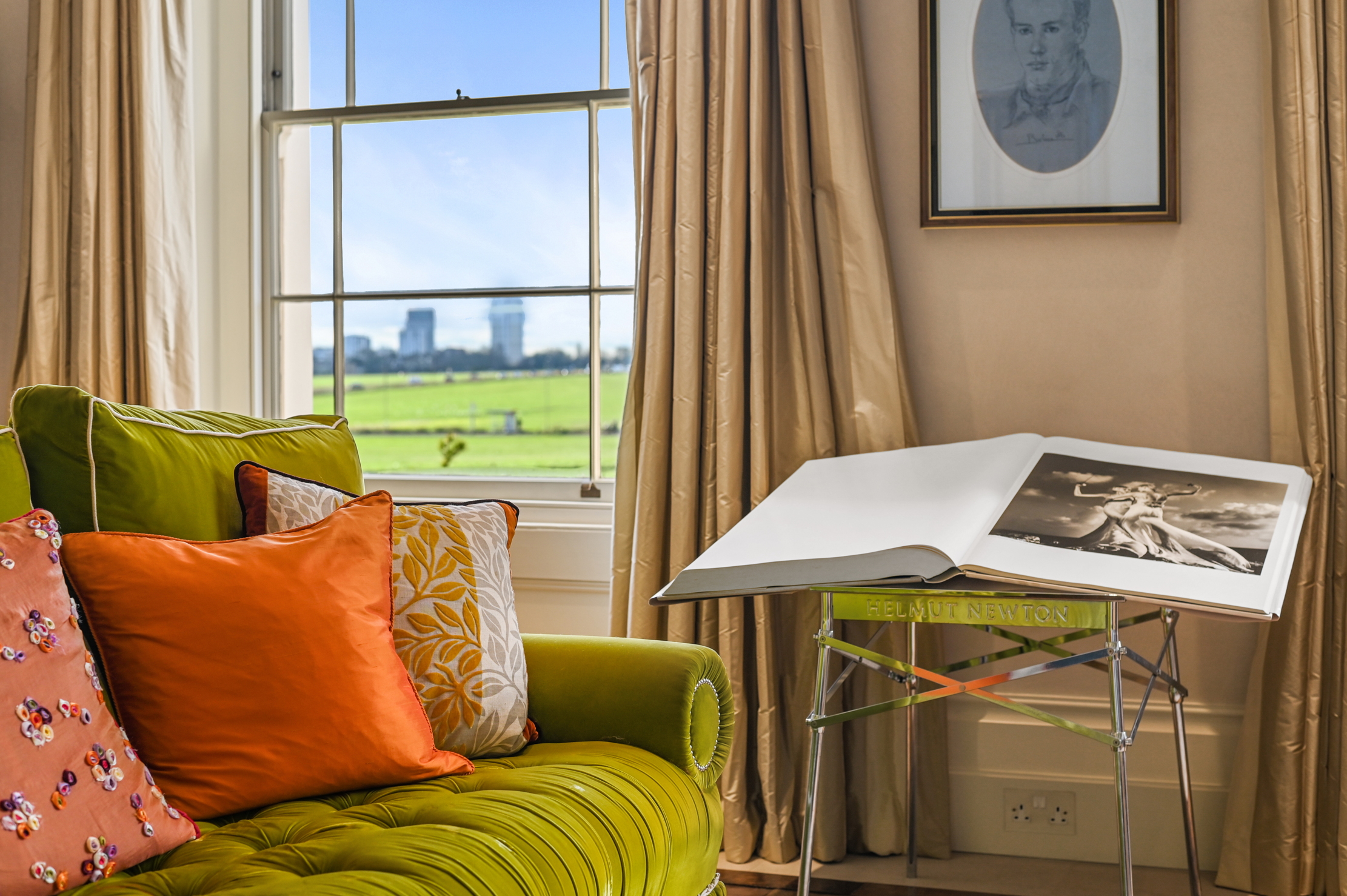 A rare opportunity to own a family home on Vanbrugh Terrace, one of London's finest streets
A rare opportunity to own a family home on Vanbrugh Terrace, one of London's finest streetsThis six-bedroom Victorian home sits right on the start line of the London Marathon, with easy access to Blackheath and Greenwich Park.
By James Fisher Published
-
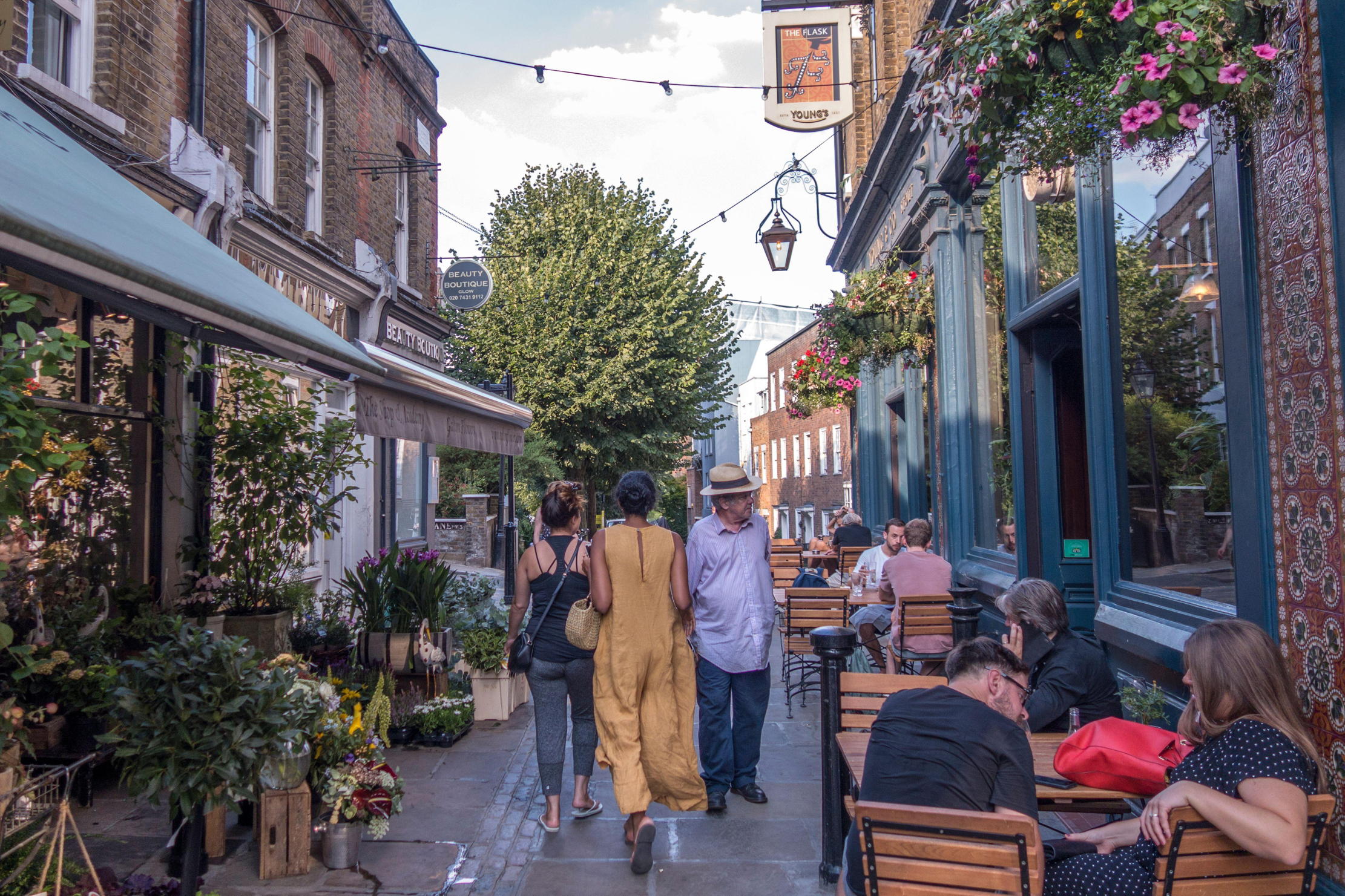 A tale of everyday life as lived on Britain's most expensive street
A tale of everyday life as lived on Britain's most expensive streetWinnington Road in Hampstead has an average house price of £11.9 million. But what's it really like? Lotte Brundle went to find out.
By Lotte Brundle Last updated
-
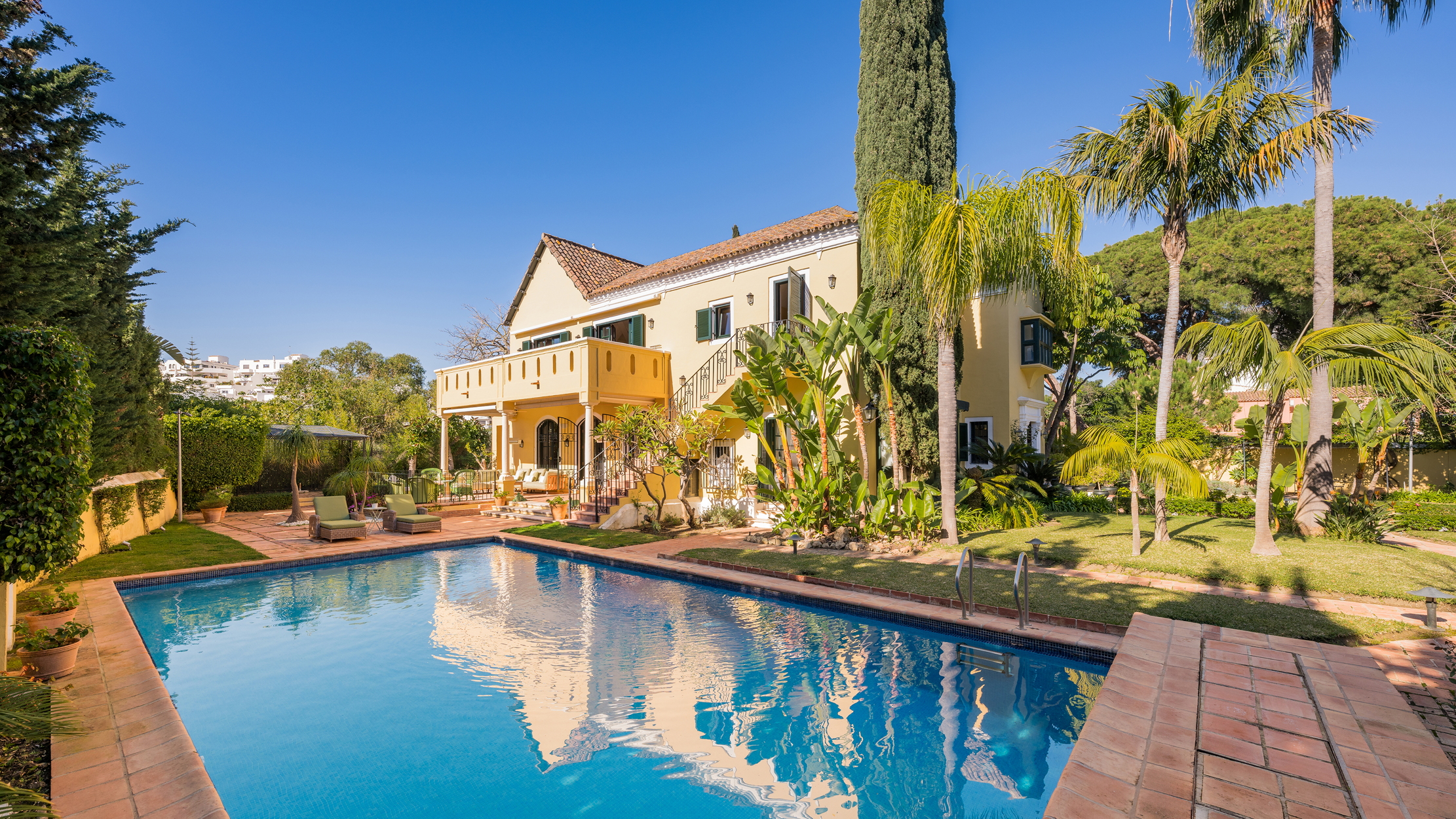 Damon Hill's former home in Marbella is the perfect place to slow down
Damon Hill's former home in Marbella is the perfect place to slow downThe glorious Andalusian-style villa is found within the Lomas de Marbella Club and just a short walk from the beach.
By James Fisher Published
-
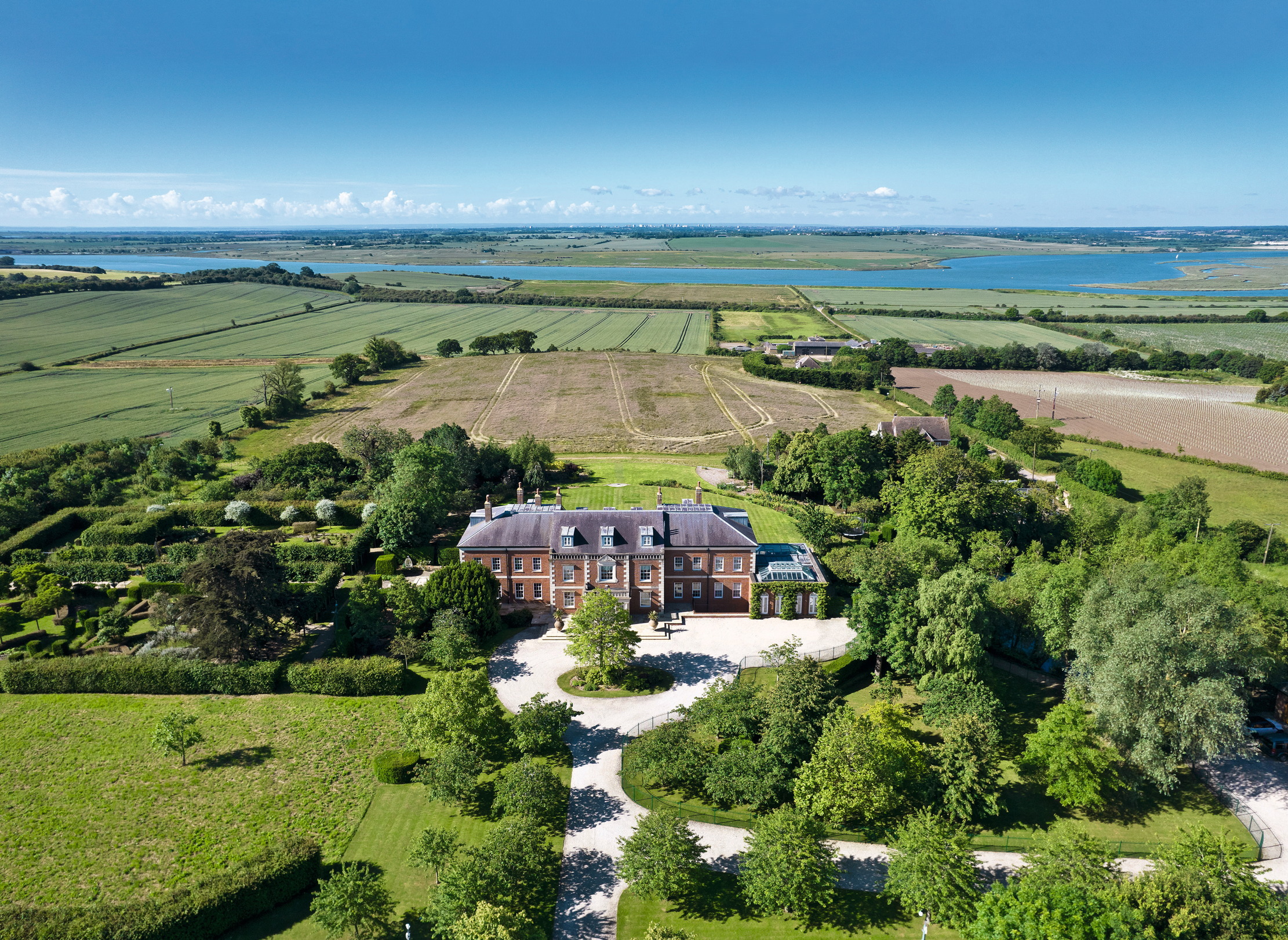 A 327-acre estate in the heart of 'England’s Côte d’Or', with a 26,000sq ft Georgian style home at its heart
A 327-acre estate in the heart of 'England’s Côte d’Or', with a 26,000sq ft Georgian style home at its heartStokes Hall in the Crouch Valley is an inspiring property looking for a new owner.
By Penny Churchill Published
-
 Schreiber House, 'the most significant London townhouse of the second half of the 20th century', is up for sale
Schreiber House, 'the most significant London townhouse of the second half of the 20th century', is up for saleThe five-bedroom Modernist masterpiece sits on the edge of Hampstead Heath.
By Lotte Brundle Published
-
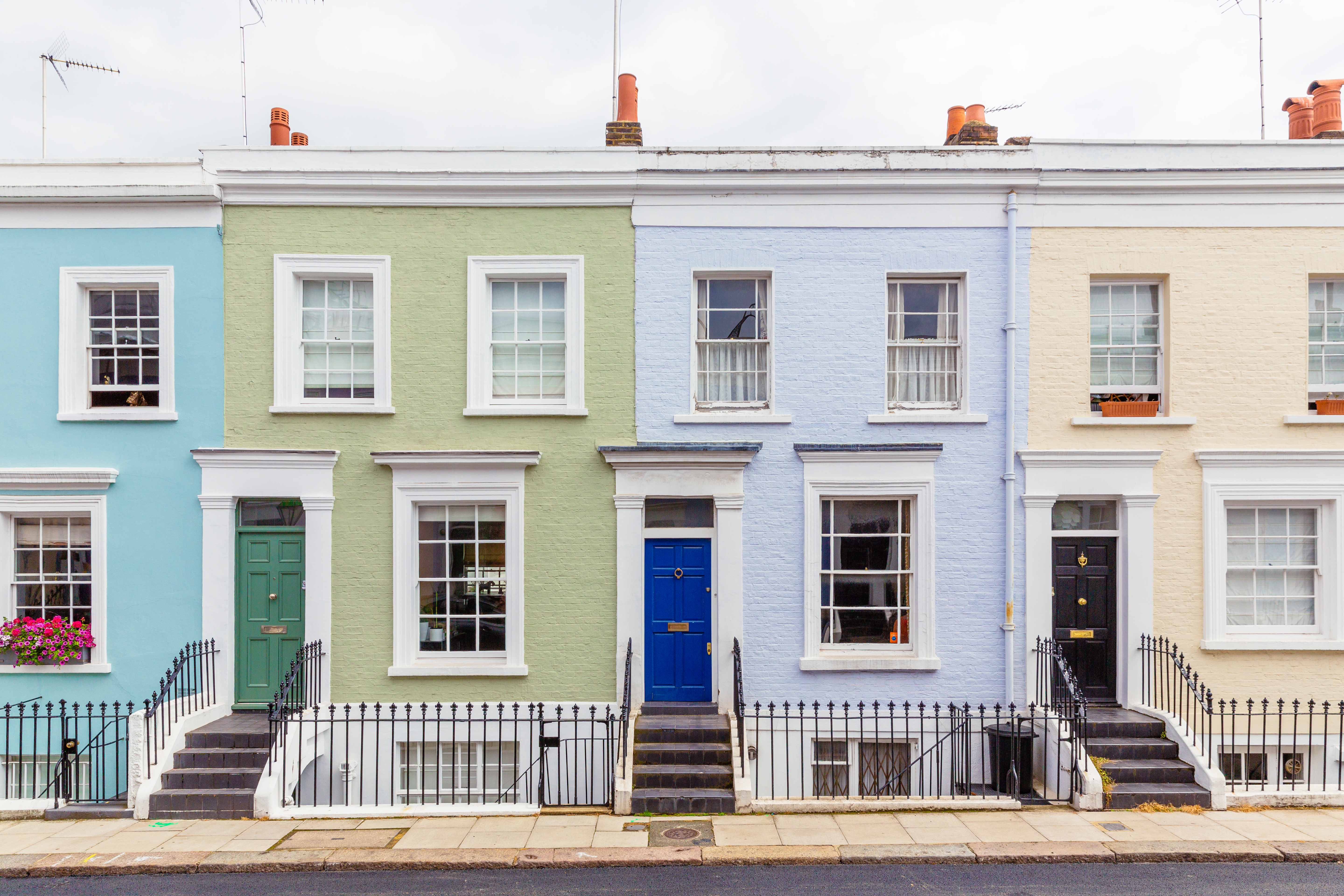 Is the 'race for space' officially over?
Is the 'race for space' officially over?During the lockdowns, many thought the countryside was the place to be. It seems many are now changing their minds.
By Annabel Dixon Last updated
